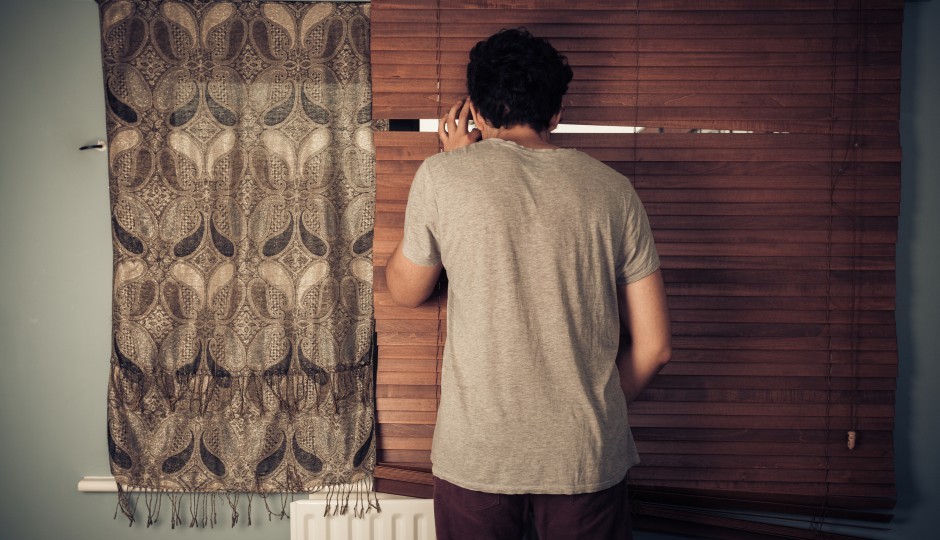Still Bowling Alone
Increasingly, Americans are connecting in isolation. It may sound like an oxymoron, but it’s a truism of the 21st century. I’m not just talking about social media. We live more geographically disparate lives than we used to, don’t socialize at PTA meetings or churches or public pools and a third of us can’t even name our neighbor. Further, the people we do interact with tend to be groups of like minds: poor with poor, rich with rich; democrats with blue friends, republicans with red. It all adds up to a divisive village square — if it exists at all anymore.
These are the observations by Joe Cortright of City Observatory in a new study about the slow and steady breakdown of social capital nationally. It’s been written about before — social scientist Robert Putnam originally coined the phrase “bowling alone” 20 years ago to describe this same phenomena of America’s fast-disappearing civic life — but Cortright presents data and telling evidence of “negative social capital” (like the dramatic rise of private security officers) to show the stratification of our civic sphere.
“Do you trust most people?” That’s been a question asked on the General Social Survey for most of the past 40 years. Only a third of Americans answered affirmatively in 2012, compared to half in the early 1970s. Roughly a third also admitted to never spending time with their neighbors — the same share of people who in the 1970s said they’d spend two times a week with neighbors at a minimum. Neighborhoods ain’t what they used to be.
In some ways, that’s not surprising. We have far fewer neighbors today and less reason to interact with them (see: smartphones), because, as Cortright points out, the size of homes and apartments are getting bigger, the average size of families are getting smaller and until the quite-recent resurgence in urban migration, fewer people in metro areas were electing to live in the central city — choosing the suburbs and exurbs instead (there are signs that trend is returning, post-recession). Cortright elaborates:
… now, on average, 80 percent of a metro region’s population lives outside its principal city. This fragmentation means that residents, although nominally living in the same region, have less in common. They don’t vote on the same issues or shop at the same grocery stores. The civic realm of shared amenities is carved up into many separate fiefdoms, each with its own interests, priorities for spending, and constituencies.
Dwindling interactions in the public realm produces more limited understanding between people from different walks of life, according to Washington Post’s Emily Badger:
all of this isolation means that the wealthy have little idea what the lives of the poor look like, that people who count on private resources shy away from spending on public ones, that misconceptions about groups unlike ourselves are broadly held … We’re receding from the public realm in ways that could undermine communities and the will that arises when people within them know and trust each other.
Segregation of public schools is increasing. Gated communities are more common. And private security guards have boomed from 600,000 in 1980 to more than 1 million in 2000. One might see Occupy Philly as an outgrowth of this social separation. Or the recent confrontation between a gun-wielding police officer and kids at a private pool in Texas.
But what can be done about this? If we’re not interacting at “traditional” meeting places like church or the Y, then perhaps we have to create new shared spaces that draw together these separate social “fiefdoms,” as Cortright puts it. Although Philadelphia displays some of the worst symptoms of declining social capital, such as the persistent economic segregation that exists in the city, it has also devoted resources to revamping green space — from the Schuylkill Banks to Sisters Cities Park to the anticipated Viaduct reconstruction — which have the potential to serve this purpose. Plus, new research out of Europe suggests that access to green spaces can close some of the well-being gap that typically occurs between people of different financial circumstances.
